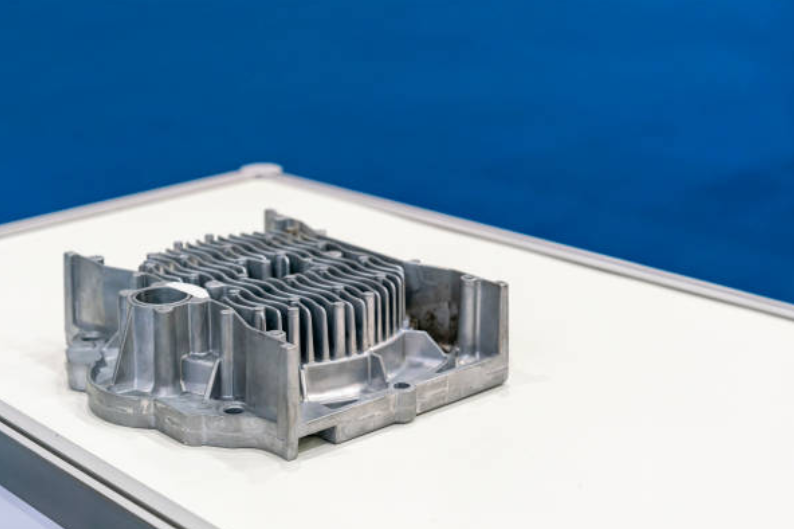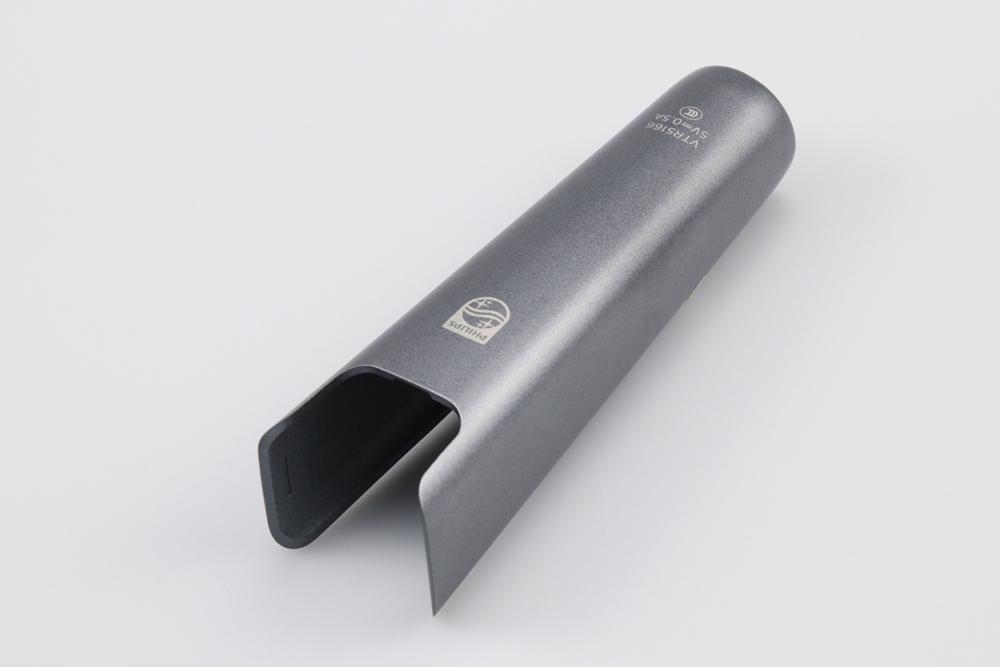How does Neway ensure long-term reliability of lighting thermal solutions?
Ensuring the long-term reliability of lighting thermal solutions requires a systematic approach that combines material selection, controlled manufacturing, surface engineering, structural validation, and lifecycle testing. At Neway, thermal management begins at the design stage and continues through casting, machining, surface finishing, and long-term performance evaluation. Aluminum housings produced via aluminum die casting are engineered to manage thermal loads predictably, maintain dimensional stability, and withstand environmental exposure throughout their service life.
Material and Thermal Path Engineering
Neway selects high-performance alloys such as A356 and A380 due to their thermal conductivity, casting consistency, and fatigue resistance. Dimensional tolerance and flatness around LED contacts are refined through CNC machining prototyping, ensuring efficient conduction at the interface. For complex housing geometries, early testing using 3D printing prototyping enables airflow optimization and identifies potential hotspots before high-volume tooling investment.
Structural Validation and Environmental Resistance
Neway performs structural validation by simulating thermal cycling, mechanical stress, and vibration to mirror real-world installation environments. For outdoor and industrial lighting solutions, humidity, UV resistance, and corrosion are major concerns. Surface integrity is reinforced through treatments such as anodizing and thermal coating, while adhesion is strengthened using sandblasting before coating. These treatments not only improve emissivity but also ensure durability against moisture, oxidation, and long-term color fading.
Assembly Consistency and Interface Control
Thermal resistance at component interfaces is carefully controlled. Machined surfaces with proper roughness and flatness are achieved through CNC machining prototyping or precision casting, promoting efficient conduction and repeatable TIM application. Manufacturing documentation and assembly standards ensure consistent torque control and interface pressure across every luminaire. This eliminates localized hotspots and maintains steady thermal performance over time.
Long-Term Validation and Lifecycle Testing
Neway conducts lumen decay tests, rapid thermal cycling, salt spray assessments, and vibration endurance testing to validate long-term reliability. For high-power or industrial luminaires, active cooling systems are evaluated using structural seats produced via gravity casting and refined surfaces from as-machined finishes to ensure consistent conductivity and vibration resistance. These approaches allow Neway to maintain LED lifespan targets above 50,000 hours while preserving structural integrity and photometric performance.



